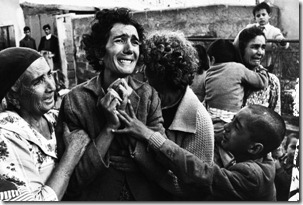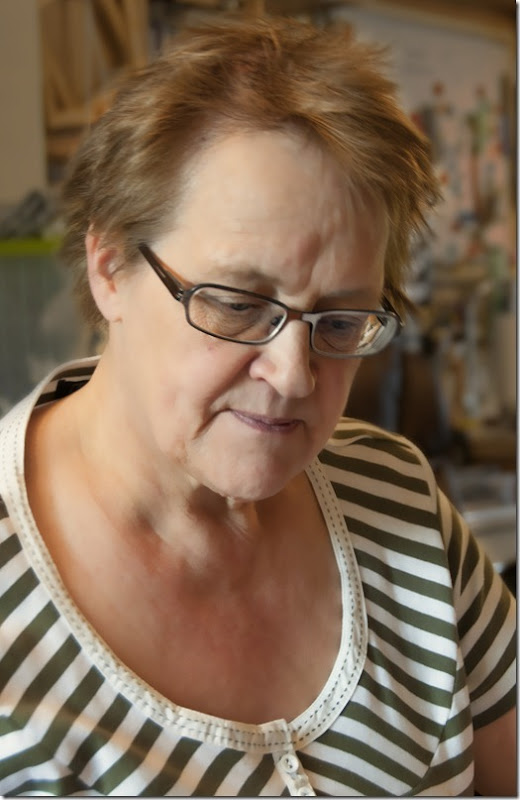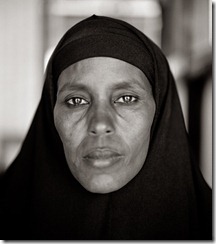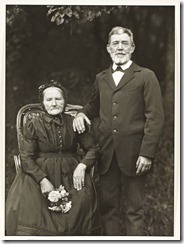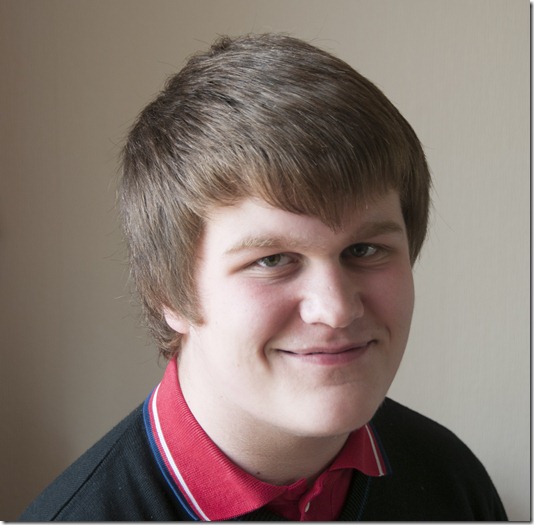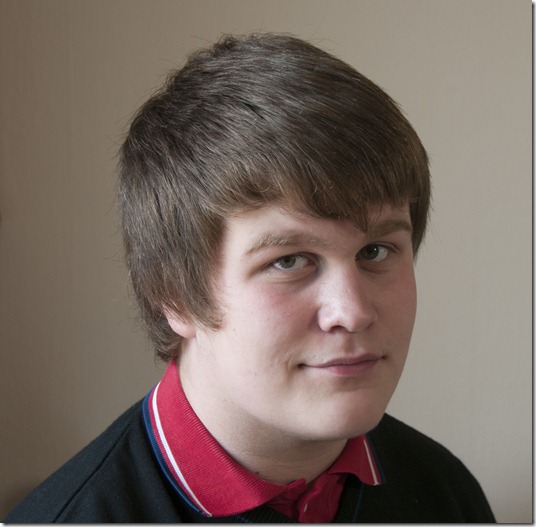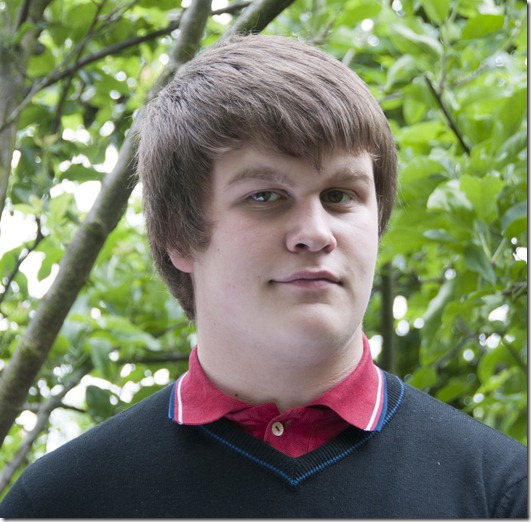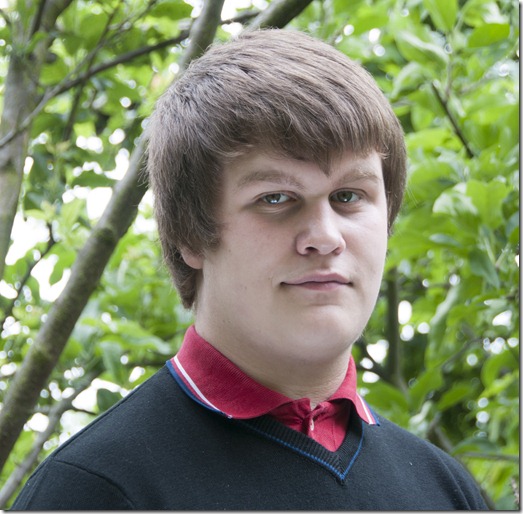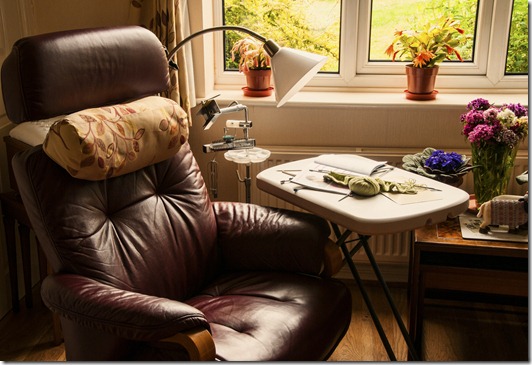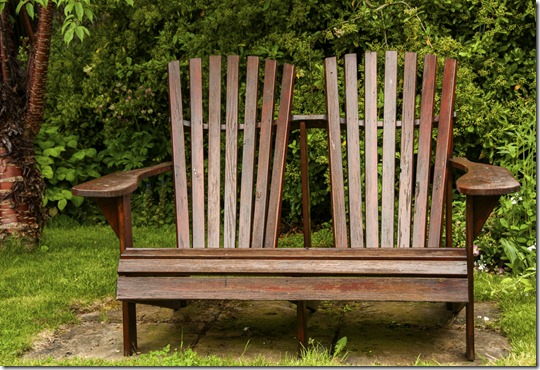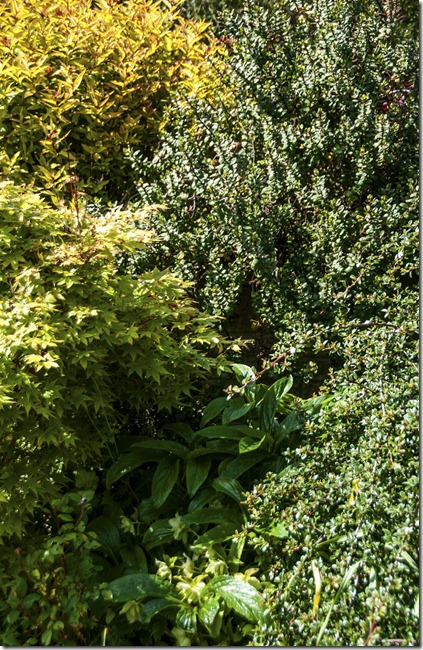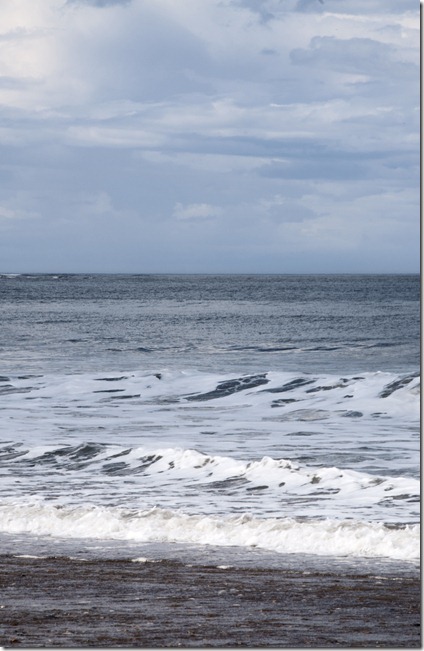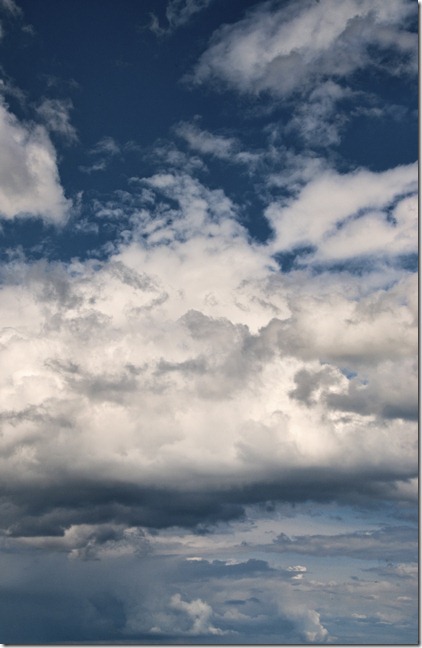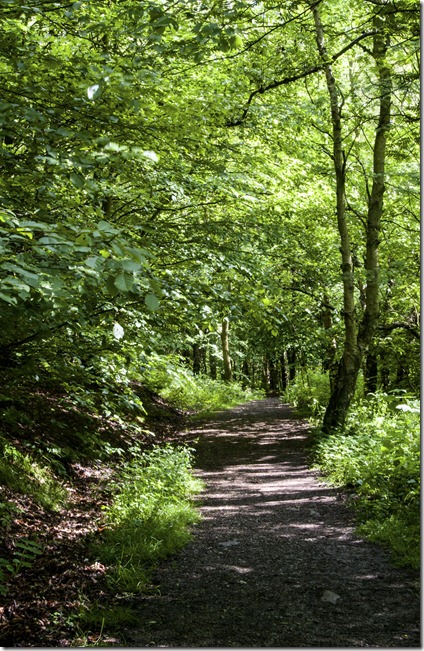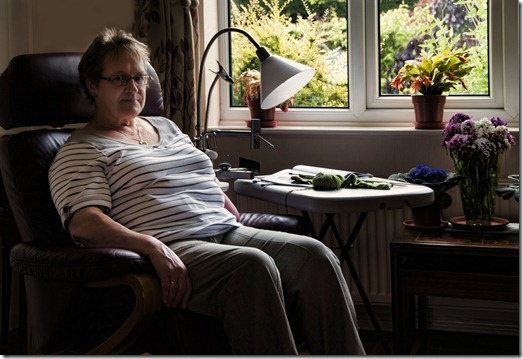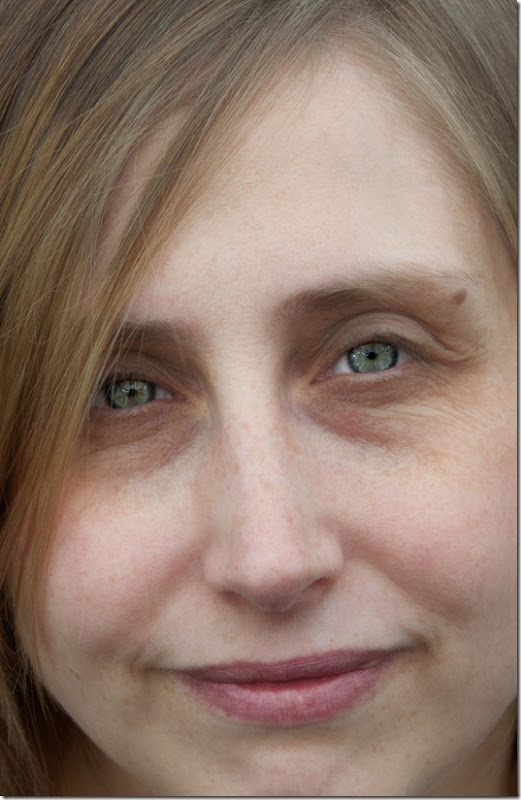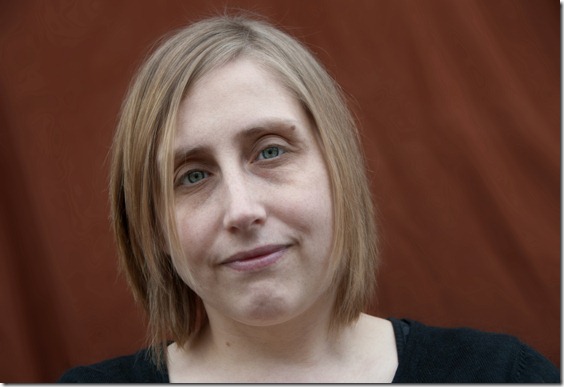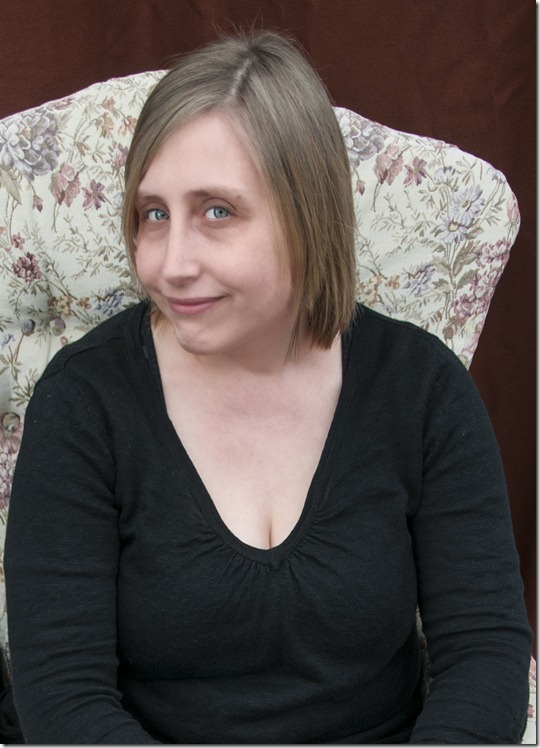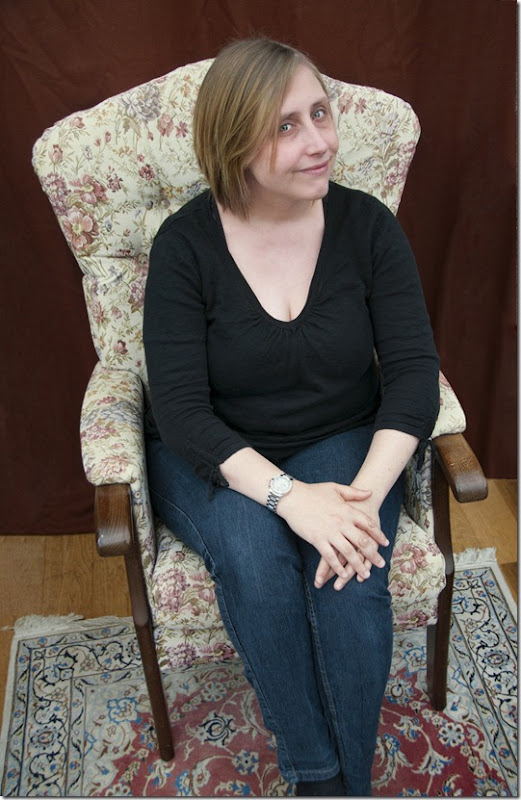For this exercise I’ve enlisted my younger brother.
I used natural daylight on an overcast day, with light coming from a North facing window, supplemented with fill flash from the diffused mini beauty dish into the shadow areas. The flash was mounted high and to my right, using an adapted microphone stand, and operated remotely using radio sender and receiver system.
I had my camera mounted on a tripod, with the subject framed centrally. I used 3 frame, 0.7 stop bracketing (to have a better selection of images for later selection) with shutter priority and pattern metering. The shutter speed was set at 1/50 sec to accommodate the flash while enabling a reasonable aperture variation for the bracketing and slow continuous shooting mode. I used a cable release which allowed me to interact and instruct more easily. The zoom was set to around 50 mm, to avoid any distortion, knowing that I could then crop the image later for a better framing – I knew he wouldn’t be able to sit still for long!
During this session I took about 90 images, from which I finally selected the following 7 images.
Initially he was apprehensive and this shows clearly on this first image:
ISO 200, 56 mm, f/9.0, 1/50 sec.
Looking straight at the camera he is posing as if for a passport photograph. He’s not comfortable and it shows. Not a flattering image, but I think it’s worth seeing the starting point of the session.
His spectacles reflect a lot of annoying lights, and this is evident in some of the following images. In some cases I’ve burned these highlights in the processing, to overcome the problem.
ISO 200, 52 mm, f/9.0, 1/50 sec.
Looking into the light there’s a look of contemplation. He looks as though he’s worrying about something (he probably is!) but I think it’s a good interpretation of one aspect of his personality. This look of contemplation would be an easy one to recall –looking into a soft light source with the head angled towards it would probably do it for most sitters.
I think the fill flash was too strong for this image, particularly where it’s produced a shadow of his ear lobe and collar. Something else I need to watch!
ISO 200, 52 mm, f/9.0, 1/50 sec.
This expression – head facing the camera and eyes to the light – suggests that he’s watching furtively (possibly waiting for an opportunity to get that last cream cake). It’s an effective one to keep in mind.
The fill flash didn’t fire on this image and I’m still happy with the result. The reflections in his spectacles are annoying, but not as much as they would have been with the additional lighting.
ISO 200, 52 mm, f/9.0, 1/50 sec.
The thinker – eyes and head turned slightly towards the light and a finger touching the temple – This expression makes him look brighter, maybe because lifting the eyes slightly makes him look as though he’s considering something, and facing the light flattens some of the lines in his face, making it more open.
Again the reflections in his spectacles are annoying – maybe I could persuade him to get non-reflective coatings if he ever considered new ones!
For the next three images, he was looking at me – I was sitting next to the camera – which has made him look to the left of the lens – away from the light. Engaging him in conversation then produced these interesting expressions.
ISO 200, 52 mm, f/9.0, 1/50 sec.
Listening to the proposal – I don’t know how I could replicate this expression, other than cocking the head towards the light, looking slightly away from it and asking him to consider the argument.
By turning his head away from the light, and lifting his head slightly, we can now see his eyes better. The angle of his spectacles has also reduced their reflections, from both the window and the flash. Lifting the head obviously has an impact on the lighting and the expression.
ISO 200, 52 mm, f/9.0, 1/50 sec.
Disbelief – mouth slightly open, looking straight at me while I tell him how serious the result of the argument could be – this is purely down to positioning myself to the right of the camera and spinning a credible yarn.
The same lighting effects as the previous image have again allowed us to see his eyes and reduce the reflections in his spectacles.
ISO 200, 52 mm, f/9.0, 1/50 sec.
The punchline – The openness of his face and the realization that it’s all been a wind up have made his smile lines show around his mouth and eyes. The eyes are wider and he seems more ‘alive’. The set-up hasn’t changed from the previous two images, just the yarn.
I’d have liked a clearer image, particularly in his eyes – maybe a faster shutter speed would have helped. I burned out some of the reflected highlights in his spectacles, but the shadow created by the flash and the rim of his spectacles is a distraction – maybe some cloning or spot removal could remove it.
I’ve enjoyed this exercise and learned a lot about the importance of camera positioning, lighting and rapport. Maybe I could enjoy portrait photography after all!
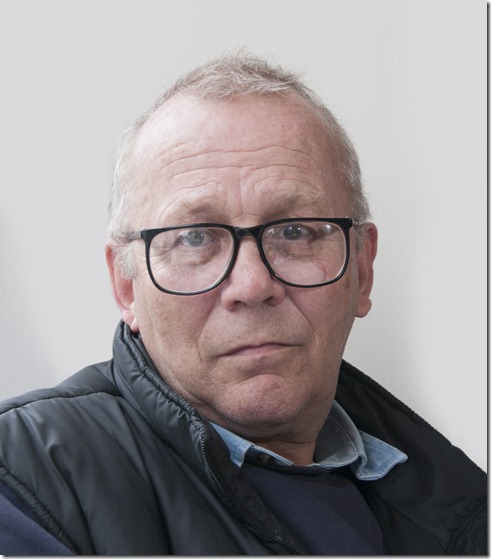
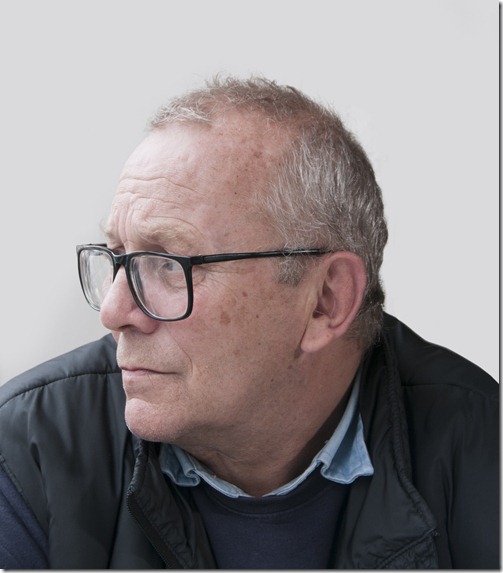
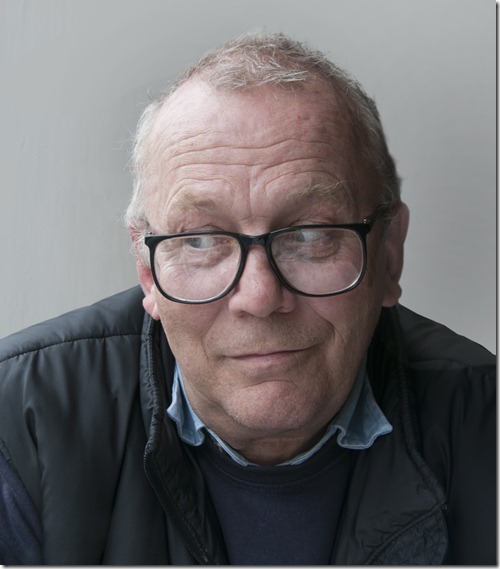
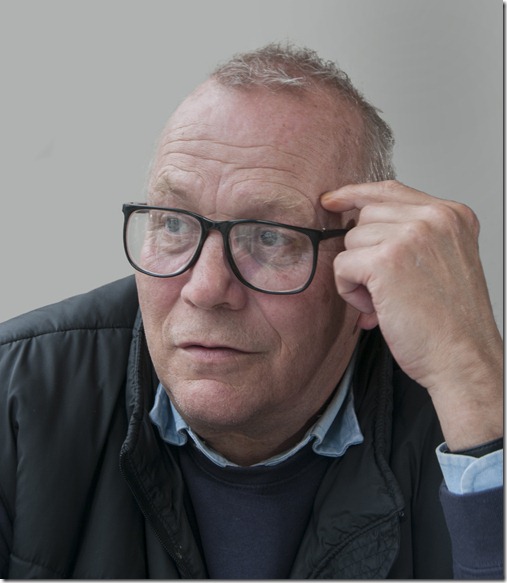
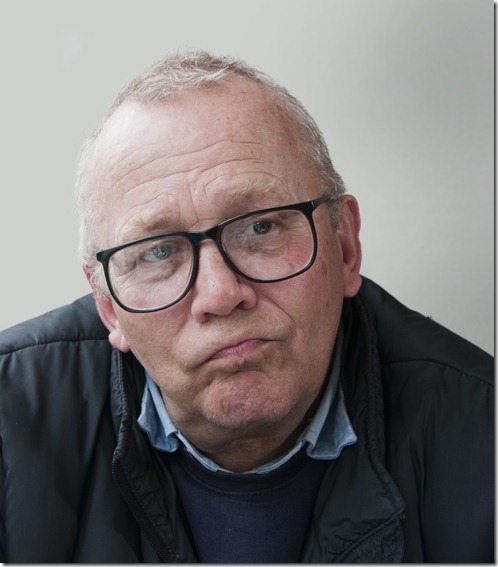
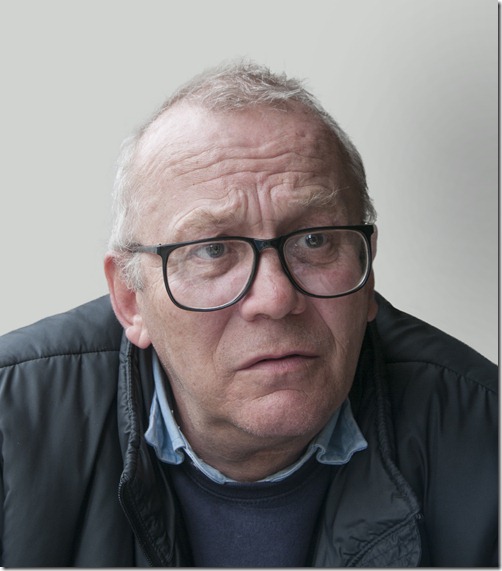
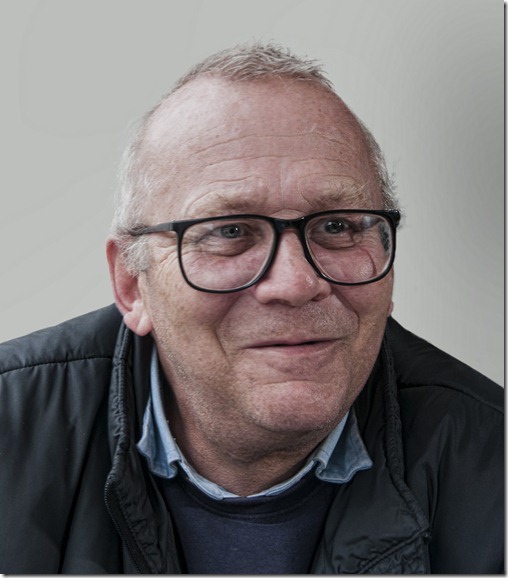
![Dorothea_Lange_Migrant_Mother[4] Dorothea_Lange_Migrant_Mother[4]](http://lh4.ggpht.com/-rq44D9c9HrQ/T-sZleeP3PI/AAAAAAAAClY/wMOqgu2BA4k/Dorothea_Lange_Migrant_Mother%25255B4%25255D_thumb.jpg?imgmax=800)
